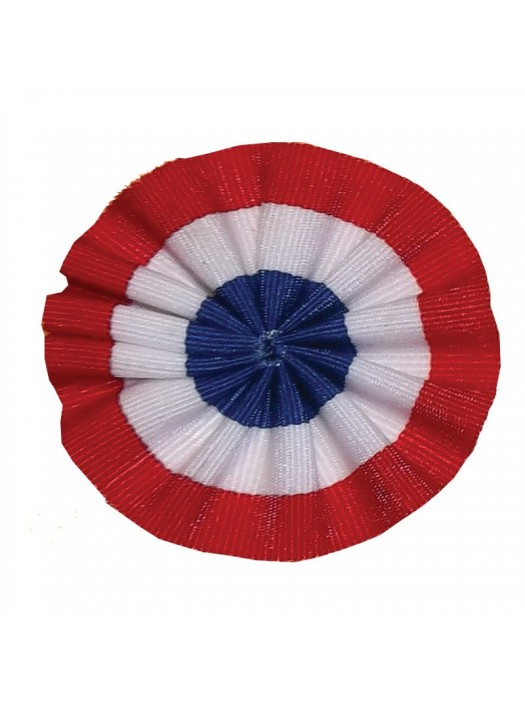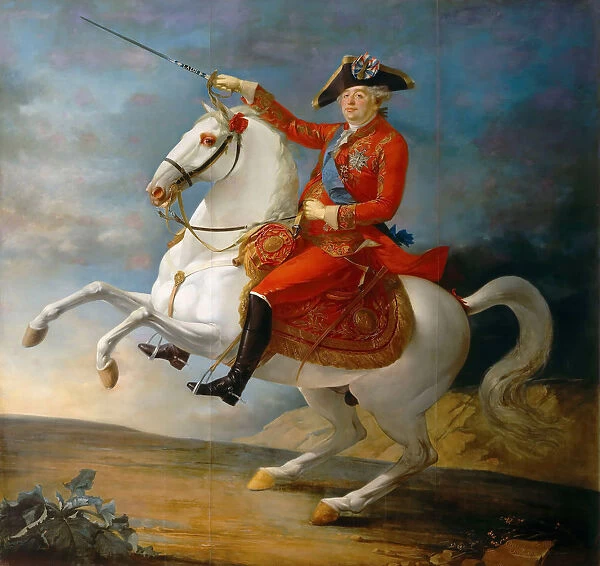The Cockade: A Small Ribbon with a Big History in French Culture
Introduction
The other day, I came across a striking image—"Louis XVI: Execution by Guillotine (1793)." In the chaotic scene, my eyes were drawn not just to the tragic event but to a man standing among the crowd, wearing a cockade on his hat, Phrygian Cap. At first, I thought it was just an accessory of the time, a simple ribbon added for style. But curiosity got the best of me. I searched for the meaning behind this little emblem, and what I discovered was a fascinating piece of French history that shaped the revolution and beyond.
When you think of symbols of the French Revolution, the tricolor cockade (cocarde tricolore) might not be the first thing that comes to mind—but it should be! This small yet powerful emblem, worn on hats or pinned to clothing, played a crucial role in France’s fight for liberty, equality, and fraternity. But where did the cockade come from, and why is it still significant today? Let’s dive into its fascinating history!
 |
| Louis XVI: Execution by Guillotine (1793) |
 |
| a cockade on his Phrygian Cap |
:max_bytes(150000):strip_icc()/Self-Portrait-with-a-Phrygian-Cap-Anne-Louis-Girodet-de-Roussy-Trioson-56a2b2bf5f9b58b7d0cd80ae.jpg) |
| Phrygian Cap/Bonnet Rouge |
What is a Cockade?
A cockade is a badge made of ribbon or fabric, often worn on hats to indicate allegiance, nationality, or political affiliation. The word itself comes from the French coq (rooster), since the folded ribbon resembles a rooster’s comb. Originally used by European soldiers to show their rank or regiment, the cockade soon became a political statement—especially in France.
 |
| Tricolor Cockade Made in France |
The Cockade and the French Revolution
Before the French Revolution (1789–1799), French soldiers typically wore white cockades, the color associated with the Bourbon monarchy. However, as revolutionary fervor grew, new colors emerged to represent the people's fight for freedom.
According to legend, Lafayette, the French hero of the American Revolution, introduced the tricolor cockade as a compromise between the monarchy and the revolutionaries. On July 14, 1789, during the storming of the Bastille, revolutionaries proudly wore it to show their defiance against the king’s rule.
King Louis XVI was even pressured to wear the tricolor cockade in a failed attempt to show solidarity with the revolutionaries. But as history unfolded, the monarchy fell, and the tricolor became the official emblem of the French Republic.
The Cockade’s Legacy in France
🇫🇷 By 1792, the tricolor cockade was legally required to be worn by the National Guard and government officials.
⚔️ During Napoleon’s reign, soldiers proudly wore it as a military insignia, further cementing its place in French nationalism.
🎖️ Today, the tricolor cockade is still used in official government documents, military honors, and the President’s ceremonial sash.
🥐 Even in modern culture, you’ll find it on French gendarme (police) uniforms and at Bastille Day celebrations!
Final Thoughts
From a simple ribbon on a hat to a symbol of freedom and national pride, the cockade has had quite a journey through French history. Whether you see it on a gendarme’s uniform, at a Bastille Day parade, or on the French flag, this small yet mighty emblem continues to represent the spirit of liberté, égalité, fraternité.
So next time you spot a tricolor cockade, remember—you’re looking at more than just a decoration. You’re seeing a piece of history that changed the world. 🇫🇷✨

.png)
